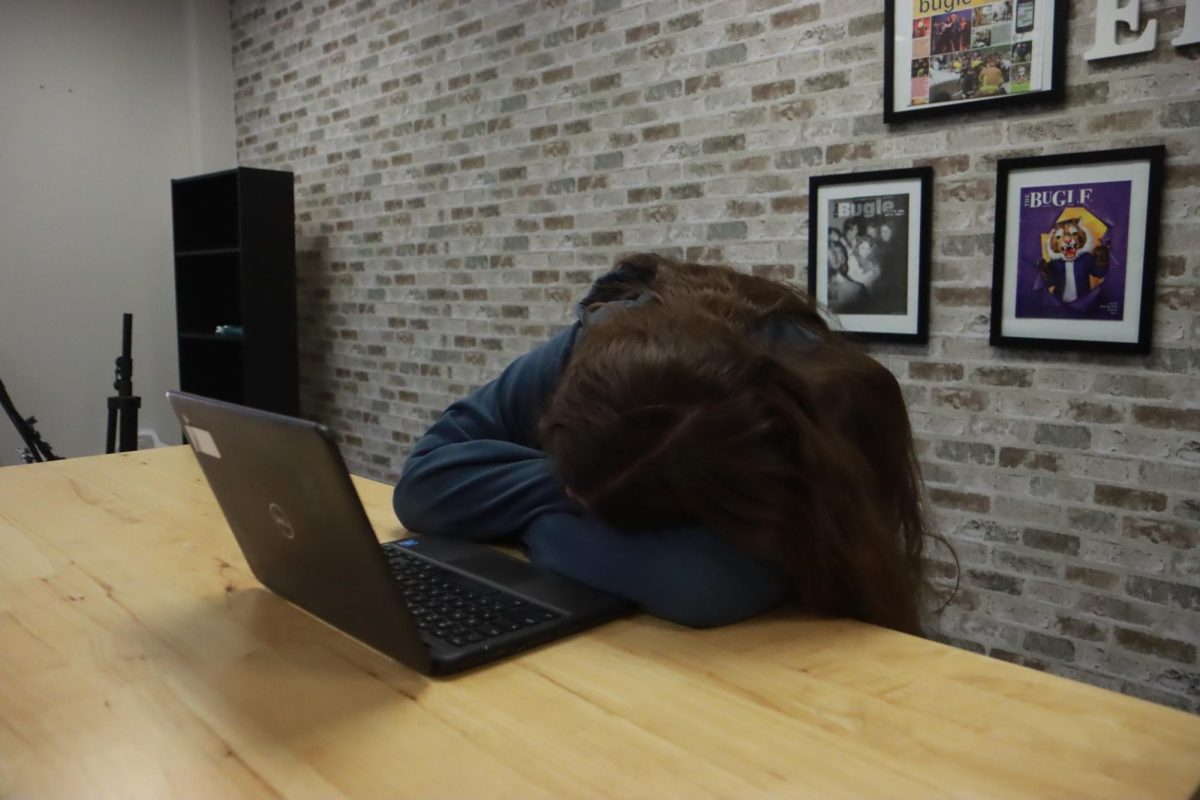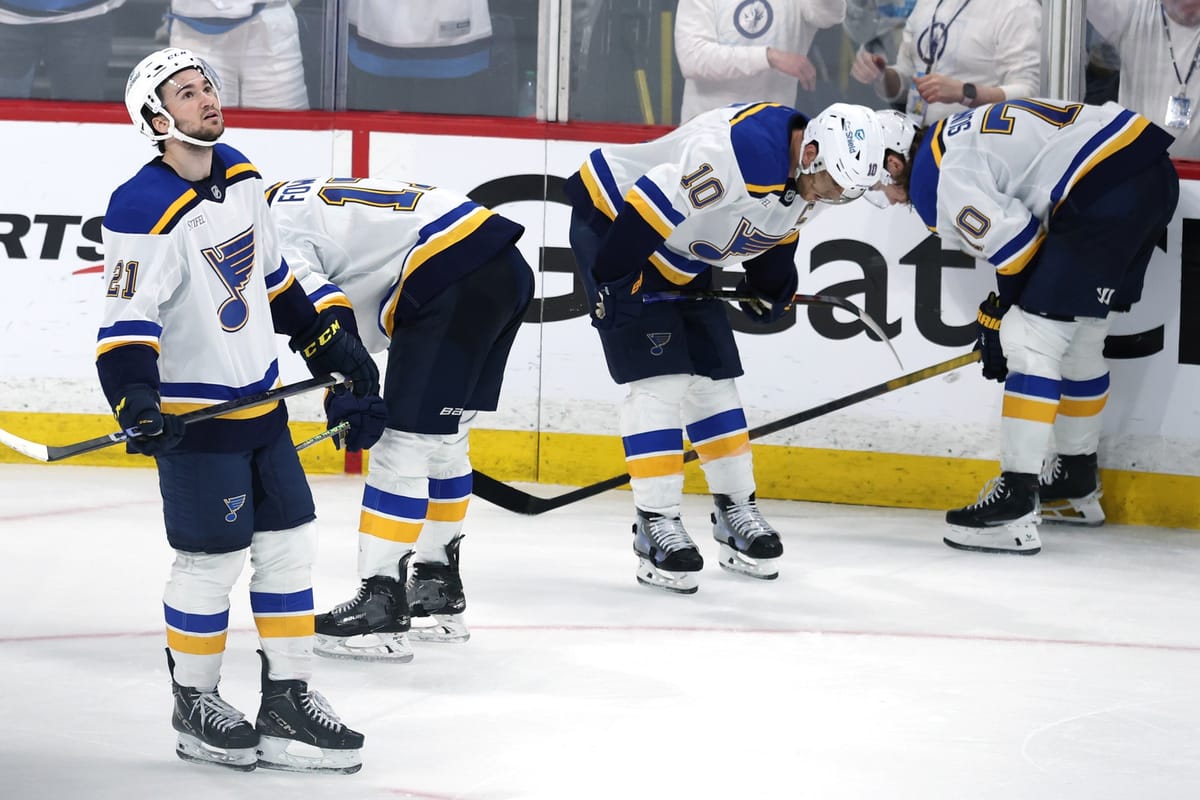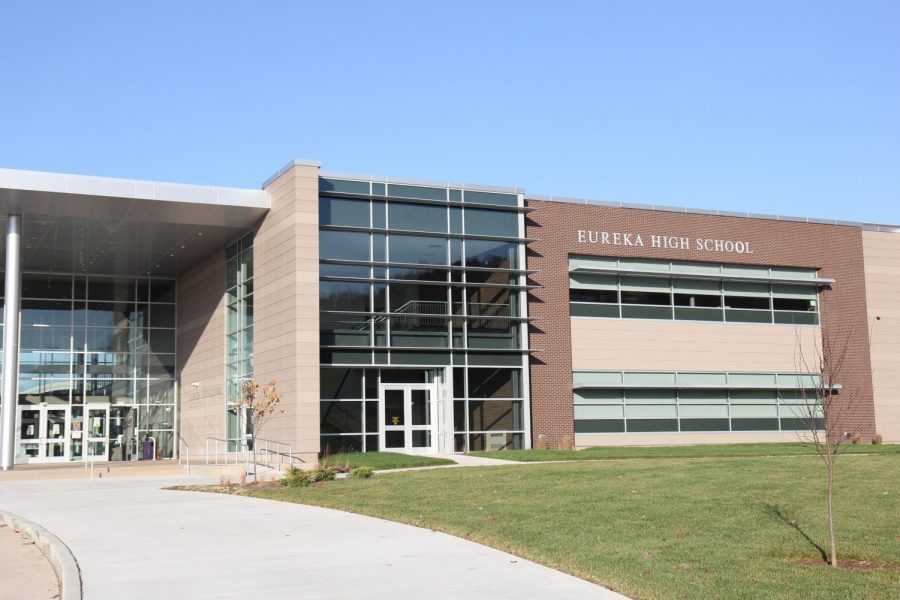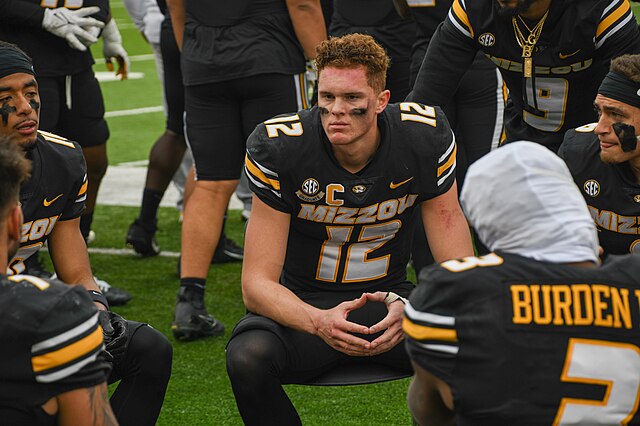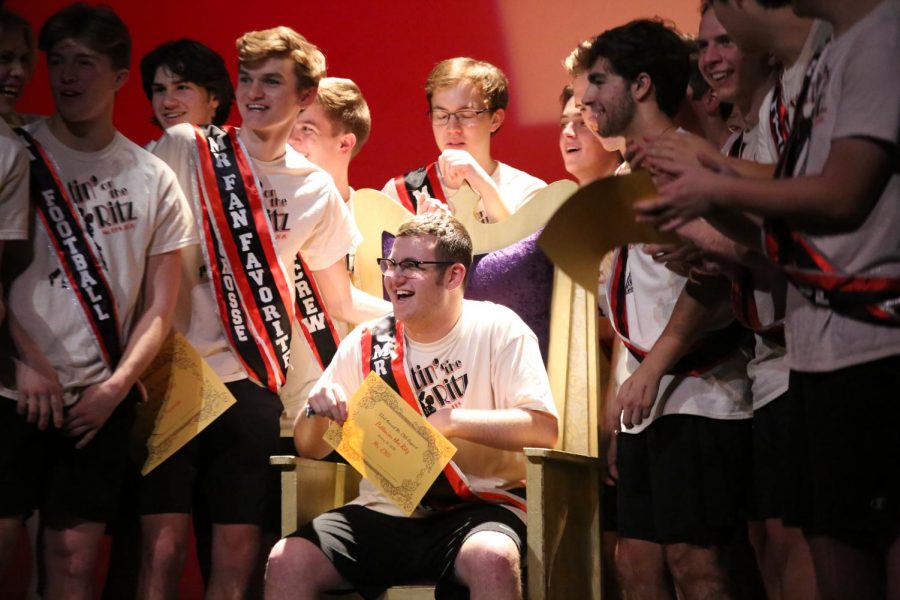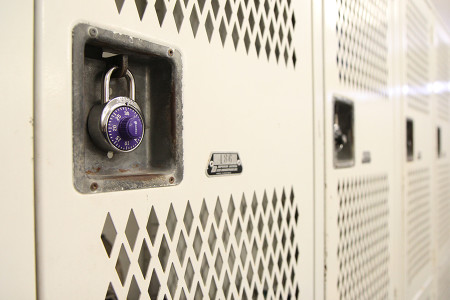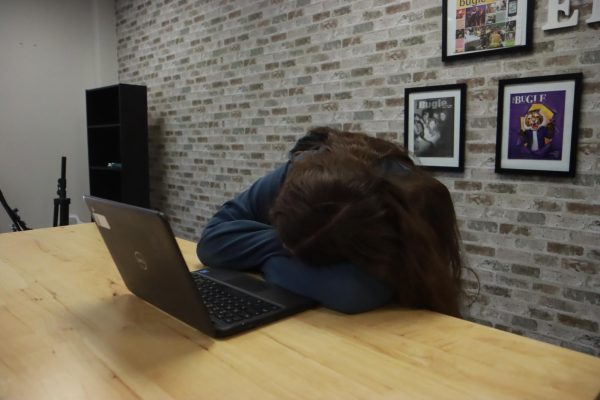Big money, even more money needed
For the average person who is not financially savvy, the topic of district budgeting and financing becomes an unquestionably tricky one.
The inner workings of the budgeting process result in many questions from members of the community.
For the past two years students and parents have questioned the lack of renovation in the decades-old locker rooms that were built when EHS housed only 10-12th grades and half the current enrollment.
There is not enough space for all students enrolled in gym classes to have their own locker for the entire day.
“Since we can only use our P.E. lockers for one hour, I have to carry all my stuff around for the rest of the day,” Sammi Powell (11) said. “It’s frustrating because I have so much in my backpack and I also have my extra clothes.”
While other parts of the school have expanded, the locker rooms appear to be the one project that lags behind, the need having been around for multiple decades.
“Our school is growing,” Mr. Farrell Shelton, head football coach, said. “We’ve built more classrooms and we’ve built other facilities because of growth. In the locker rooms we’re just out of room.”
When one delves into the complicated web of numbers and charts within a district’s budget, nothing is simple.
The RSD budget is comprised of the capital fund, operating fund and the fund balance, amounting to a total of over $200 million.
The capital fund contributes to projects dealing with renovation, expansion or creation of facilities, while the operating budget is comprised of funds dedicated to all other expenditures in the district: instruction, curriculum, etc. The fund balance is an amount of money set aside in accounts almost like a savings account.
For the 2014 budget, the Superintendent and the Board of Education allocated around $19 million of the existing fund balance to capital projects, a category that would include the locker rooms. Other capital projects might include technology updates and roof repairs.
The district identified 973 projects that were then prioritized for the final list of projects to be addressed with the excess funds. Some of those items included, for example, cafeteria renovations and wall repairs at Kellison Elementary.
“Mr. [Tim] Rooney [chief financial and legislative officer] and Mr. [Chris] Friend went to every building and discussed the priorities for that building with the principal,” Dr. Terry Adams, superintendent, said. “We [the cabinet: Dr. Adams along with a group of organizational leaders] reviewed the requests and tried to see if we could put them in some sort of prioritization. Safety issues were important.”
When the final decisions were made, that $19 million divided up between a number of heating, air conditioning, roof and technology projects.
Technology refresh captured most of the sum, at a cost of $5 million. The heating and air conditioning systems took up just over $1 million, while a roof repair at Rockwood Summit cost $1.4 million.
This process left the EHS locker rooms at the top of the Notable Projects Not Included list.
$19 million is a lot of money to an individual. If the average salary of a college-educated person is $50,000, that employee will have earned roughly $1,000,000 in 20 years. However, that $19 million fails to stretch very far across the RSD campus of 29 buildings. That vast sum is actually less than 1 percent of the district’s overall budget.
“You would think that $19 million could go a ways,” Mr. Rooney said. “But because of these other projects, it didn’t go as far as we’d hoped it would go.”
In a district of over over 22,000 students, $200 million translates to a little over $9,000 per student. $9,000 to cover teachers, facilities, books, technology, transportation. That’s $1,000 a month to educate RSD students.
Curriculum, a crucial aspect to the everyday classroom, has lacked funding in the past years. The Language Arts Department is undergoing curriculum rewrite after 10 years.
Outdated curriculum leads to extra work for teachers, who have to make that old curriculum relevant to what students need to be learning today.
“Unfortunately, to do things like rewrite the curriculum, and to do it well, you need money,” Ms. Becky Stevenson, Language Arts Department head, said. “There are tough times all around right now, so I think that the district’s financial situation definitely makes it challenging to do everything that needs to be done to support student learning.”
The budget for next year has an increase of approximately $3.2 million that will partially be allocated to curriculum, according to Mr. Rooney.
There was some surprise from the BOE when the $19 million didn’t provide as many projects as originally anticipated, according to Dr. Adams and Mr. Rooney.
“Most school budgeting processes will try to predict a very conservative look at the budget,” Mr. Bill Brown, BOE President, said. “At the end of the year, it’s a lot easier to make adjustments if you have additional funds. Then you can go do a project that you might have put off.”
That conservative budgeting–anticpating the worst scenerio in expenses and revenue–has resulted in a growth in the districts savings fund: the fund balance.
In order to keep its AAA bond rating, RSD sees it necessary to keep a fund balance of at least 18 percent. That 18 percent ensures that the district have a little over $37 million set aside in those accounts for emergency purposes, like covering payroll while the districts awaits its revenue: property tax dollars from the state in December and January. The AAA bond rating establishes lower interest rates on bond issues that RSD passes.
“Those balances exist to take care of unforeseen items and things that might just happen,” Dr. Adams said.
Currently, that balance exceeds 18% by around $20.5 million, standing at a total of nearly $58 million, according to the Capital Projects Review.
“I feel like we can definitely use some of that money to promote education,” Harry Guo (12) said. “I think it’s a smart idea to save some, but I think we need to spend some, too.”
RSD has attempted to use bond issues as their method of funding capital projects. However, the last successful passing of such a bond issue occurred in 2010, while others failed in both 2012 and 2013.
Now the district must find means to fund capital projects without bond monies. Right now that funding is coming from the existing budget, money already allocated elsewhere or money from the fund balance.
“At some point in time, this district is going to have to identify a source of funding that is consistent and ongoing that would allow us to do the maintenance of our buildings,” Dr. Adams said.
This new method could be an operating levy, which would mean a short-term local property tax increase that would eventually lower the rate in the longterm, according to a report given out at the BOE Community Conversation, Nov. 7. For example, an increase of $.12 would increase the taxes paid by a home owner of a $200,ooo home by less than $50 a year.
For at least two years, the district has ended with a surplus of funds despite projections, such as those from last year’s Picture Rockwood that predicted RSD would be caught in a deficit.
“Instead of trying to anticipate where we are at the beginning of the year, we’re trying to anticipate where we think we’re going to end up at the end of the budget,” Mr. Rooney said. “You can never really know until you get to that point.”
The process proves confusing to the outside observer.
“I know we’ve been making cuts to programs,” Alaina Weise (11) said. “Other than that, I’m not really aware of what the district does with their money.”
In the end, all of the information boils down to a singular point; that education regarding complicated finances is lacking within the EHS community.
Whether students realize it our not, district finances contribute to the overall quality of education within the district.
A misuse of funds could lead to a dangerous lack of resources, something feared by any educator or student.
“This is the stuff that can affect our education,” Guo said. “There are some things that we could be pursuing and we’re not. As an athlete, I automatically think about the lack of space in the locker rooms.”
RSD recognizes the importance of reaching out to those within the district in order to find solutions for the failed bond issues and decrease in revenues.
“Right now, it looks to me that we’re only spending the money that we have as a school district” Dr. Adams said. “Unless that changes in some way, I’m not sure where the funds would come from unless we stop doing something that we’re doing right now.”
The BOE continues to try and reach out to the community. Events such as Community Conversations and Board Listening Time are opportunities for the community to interact directly with these decision makers and an effort to create a greater transparency that will better educate the residents of the district.
Your donation will support the student journalists of Eureka High School - MO. Your contribution will allow us to purchase equipment and cover our annual website hosting costs.


